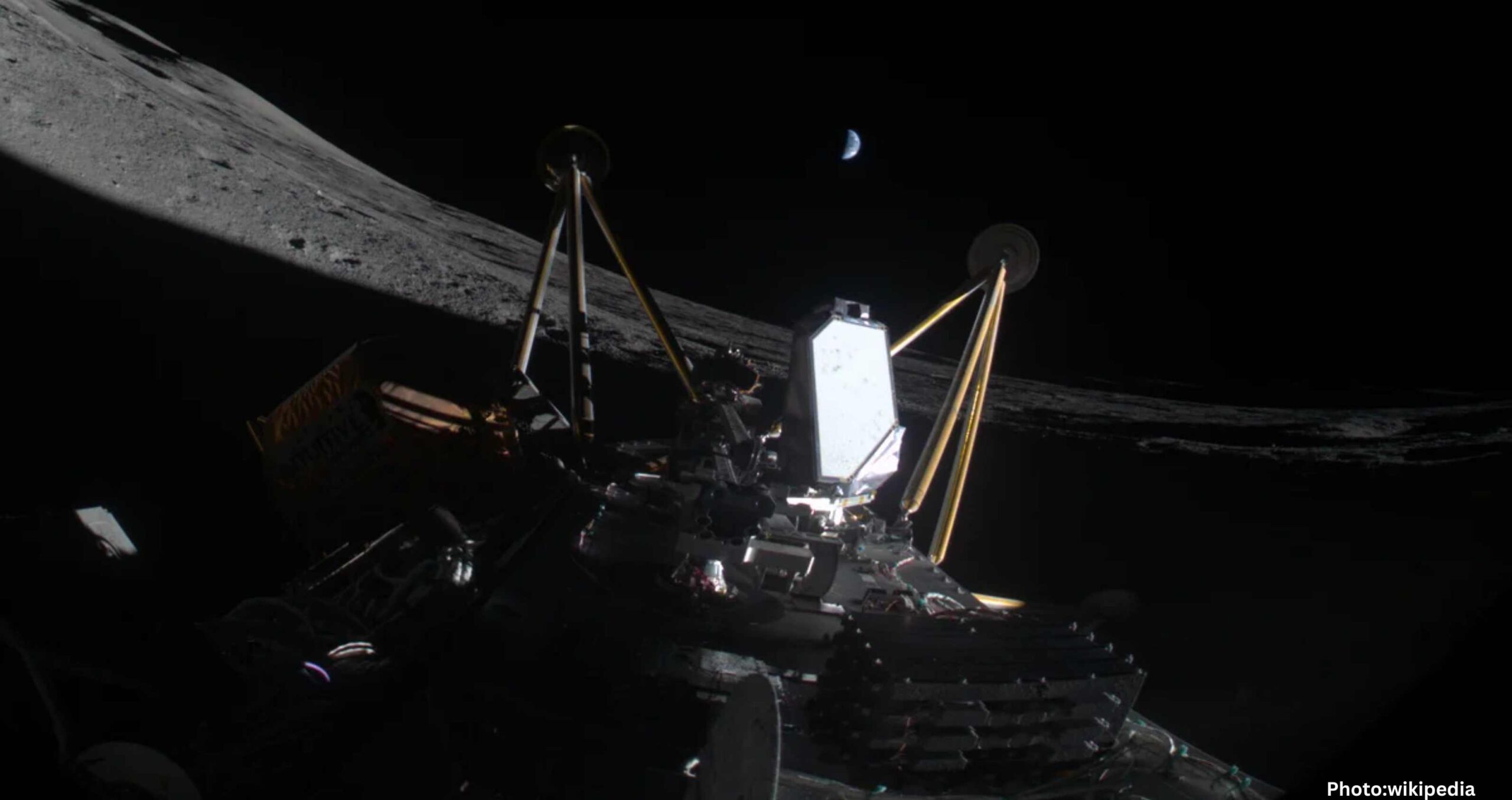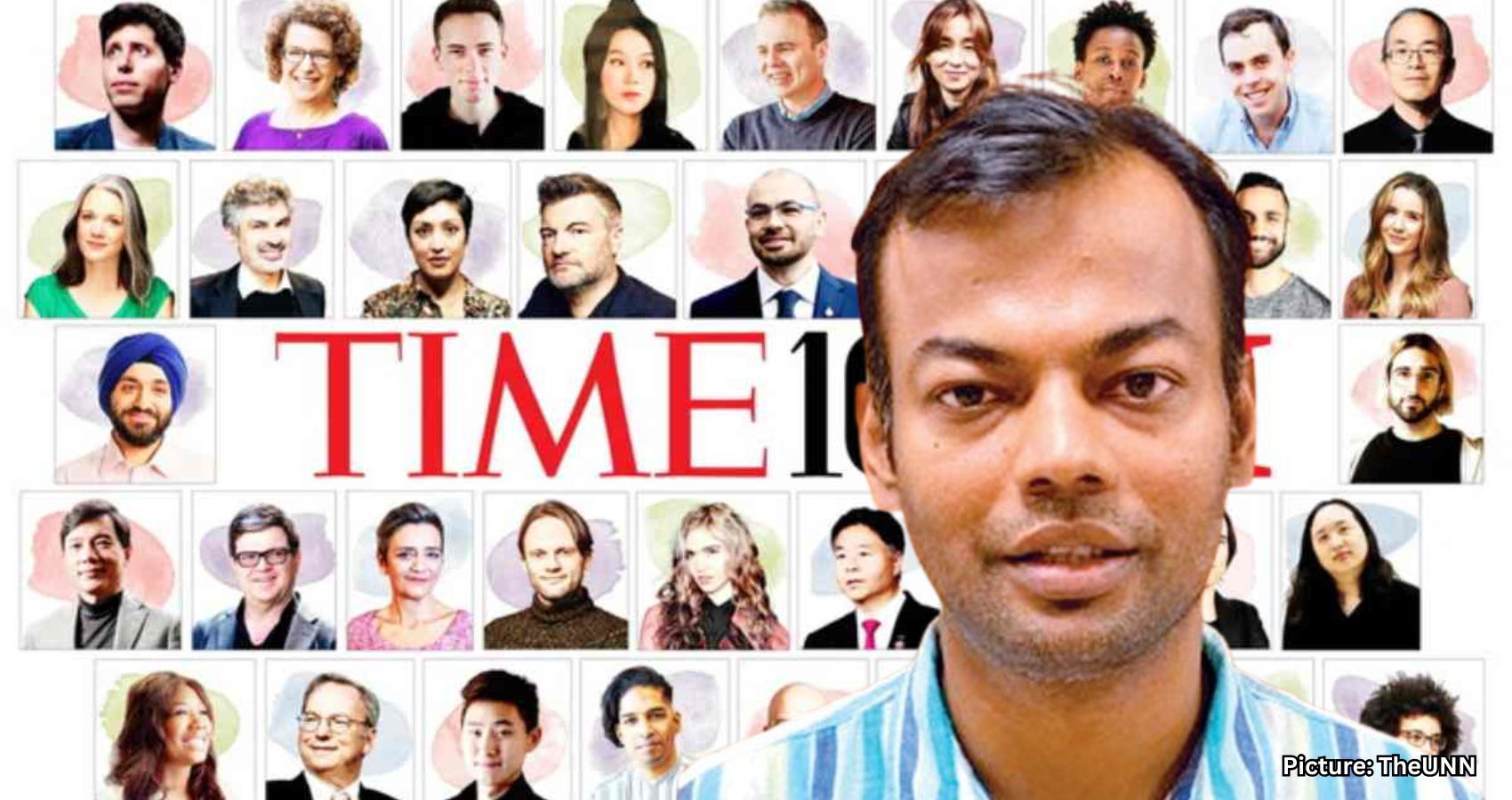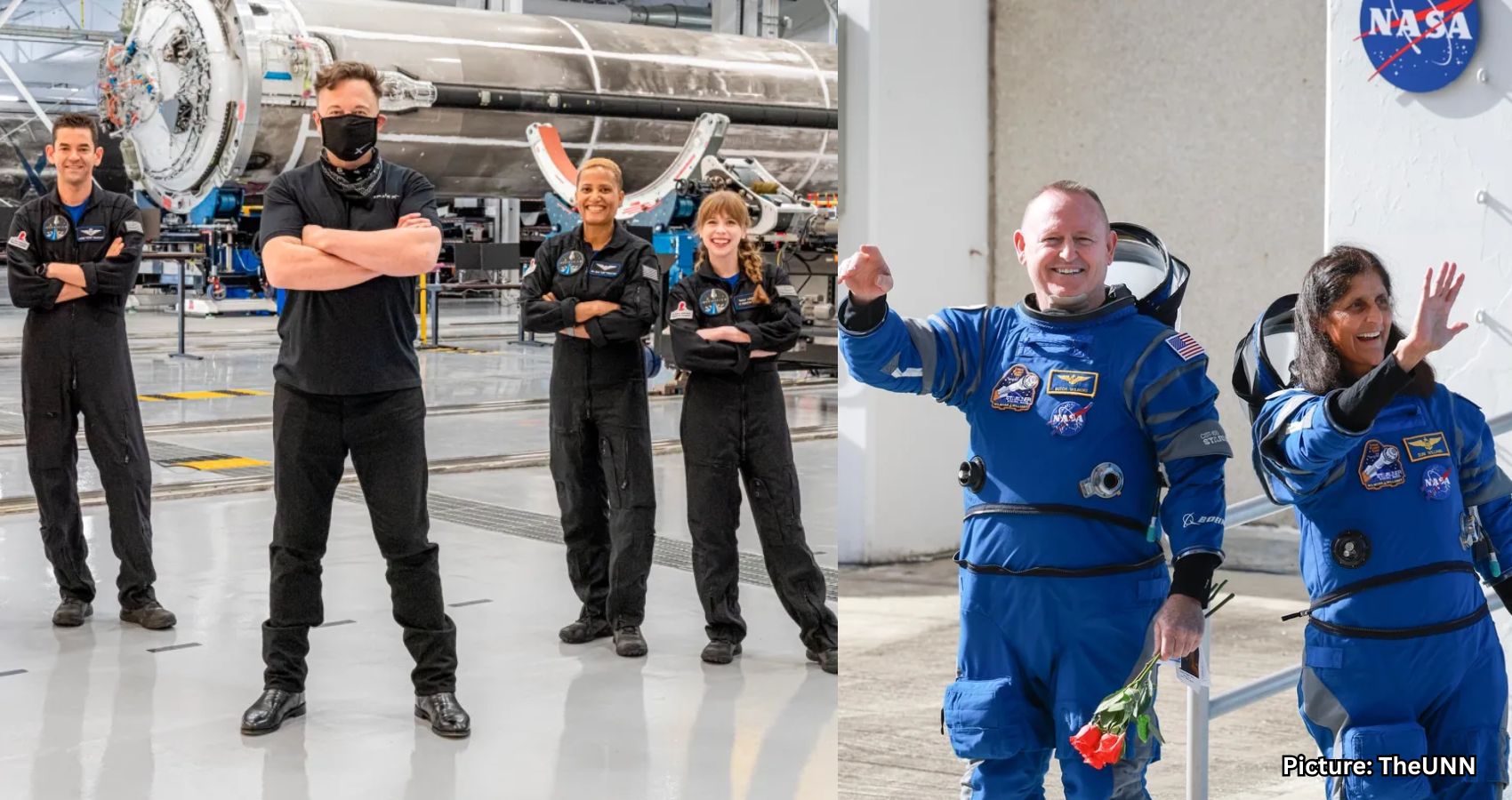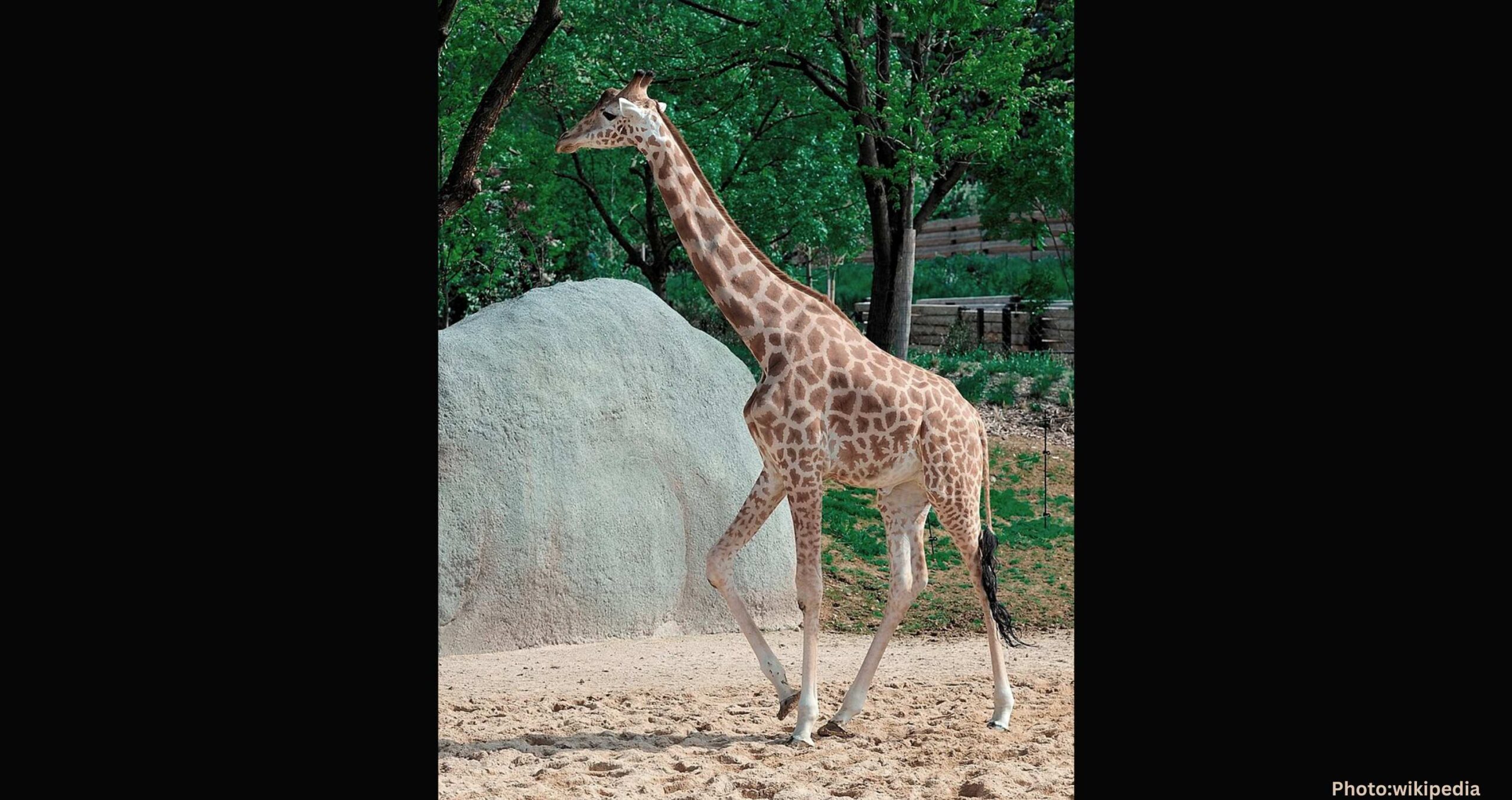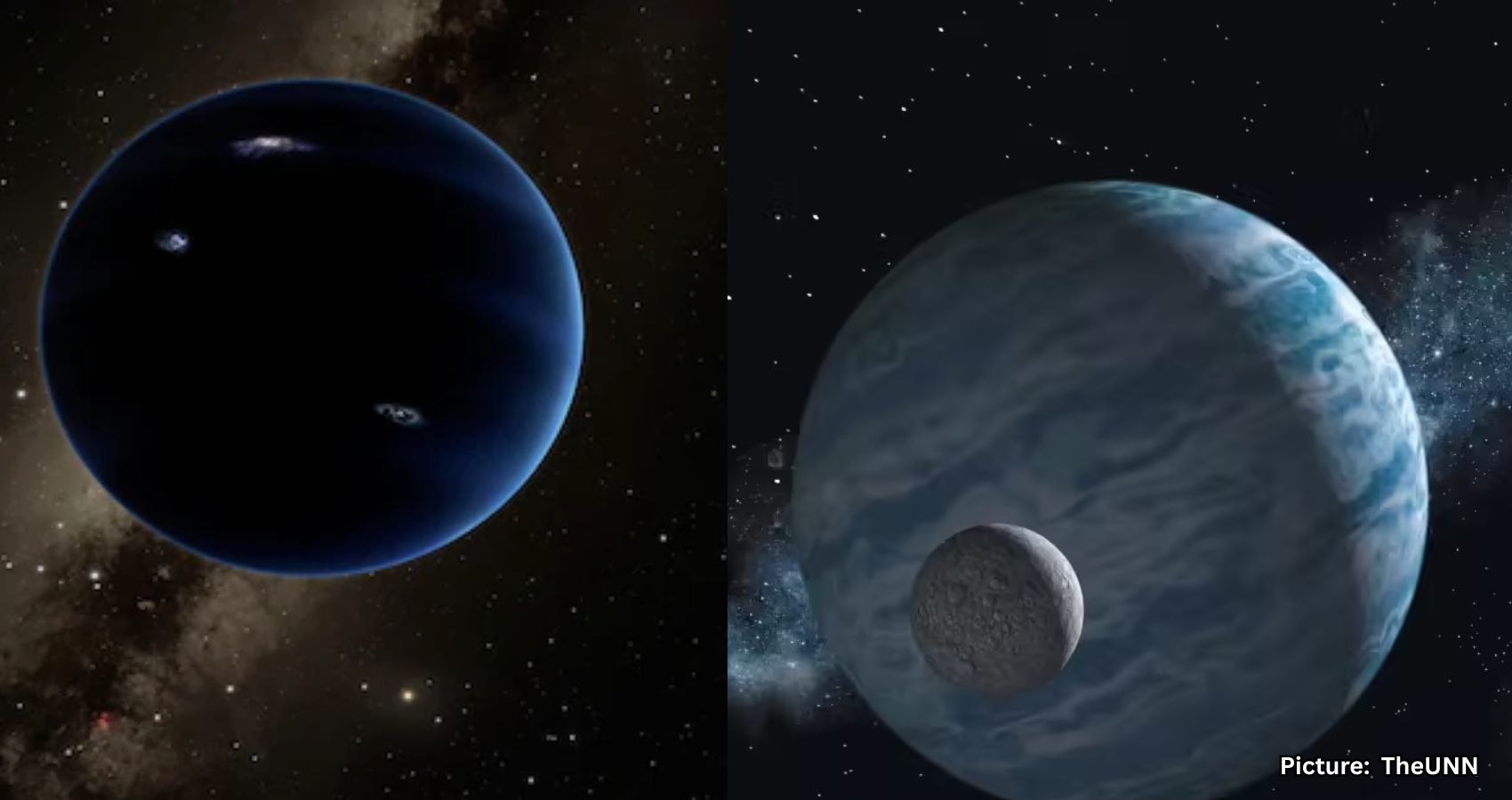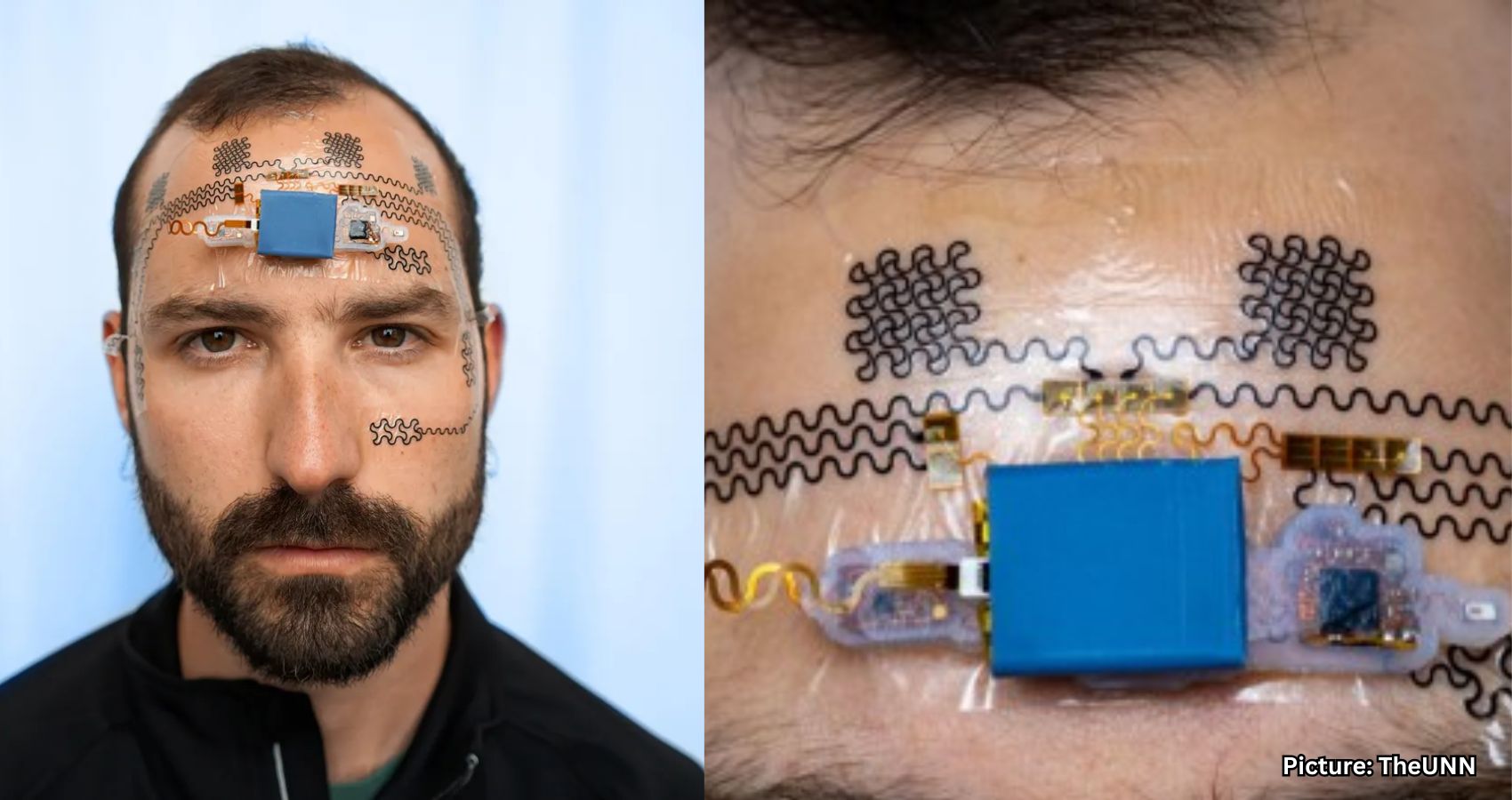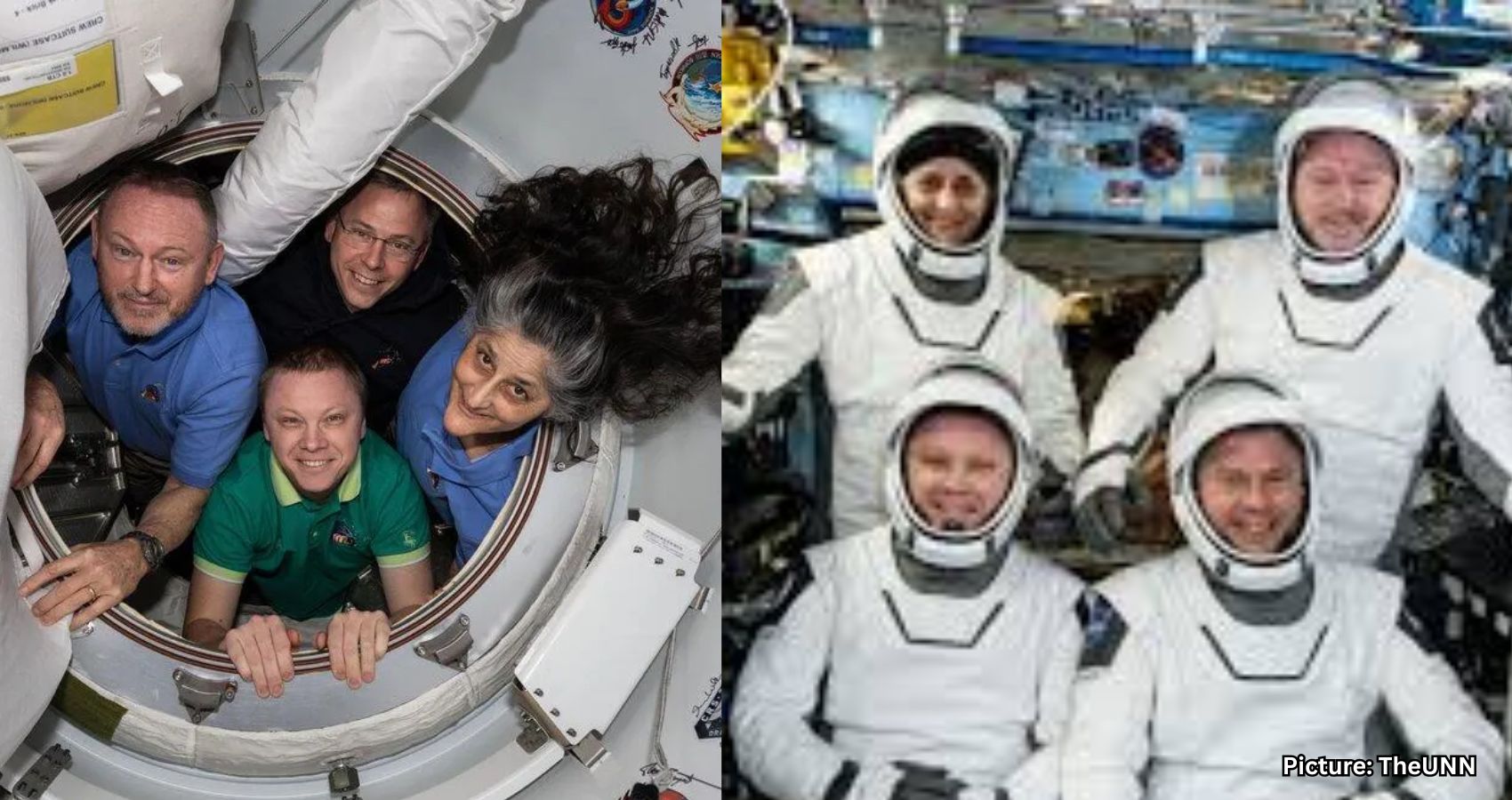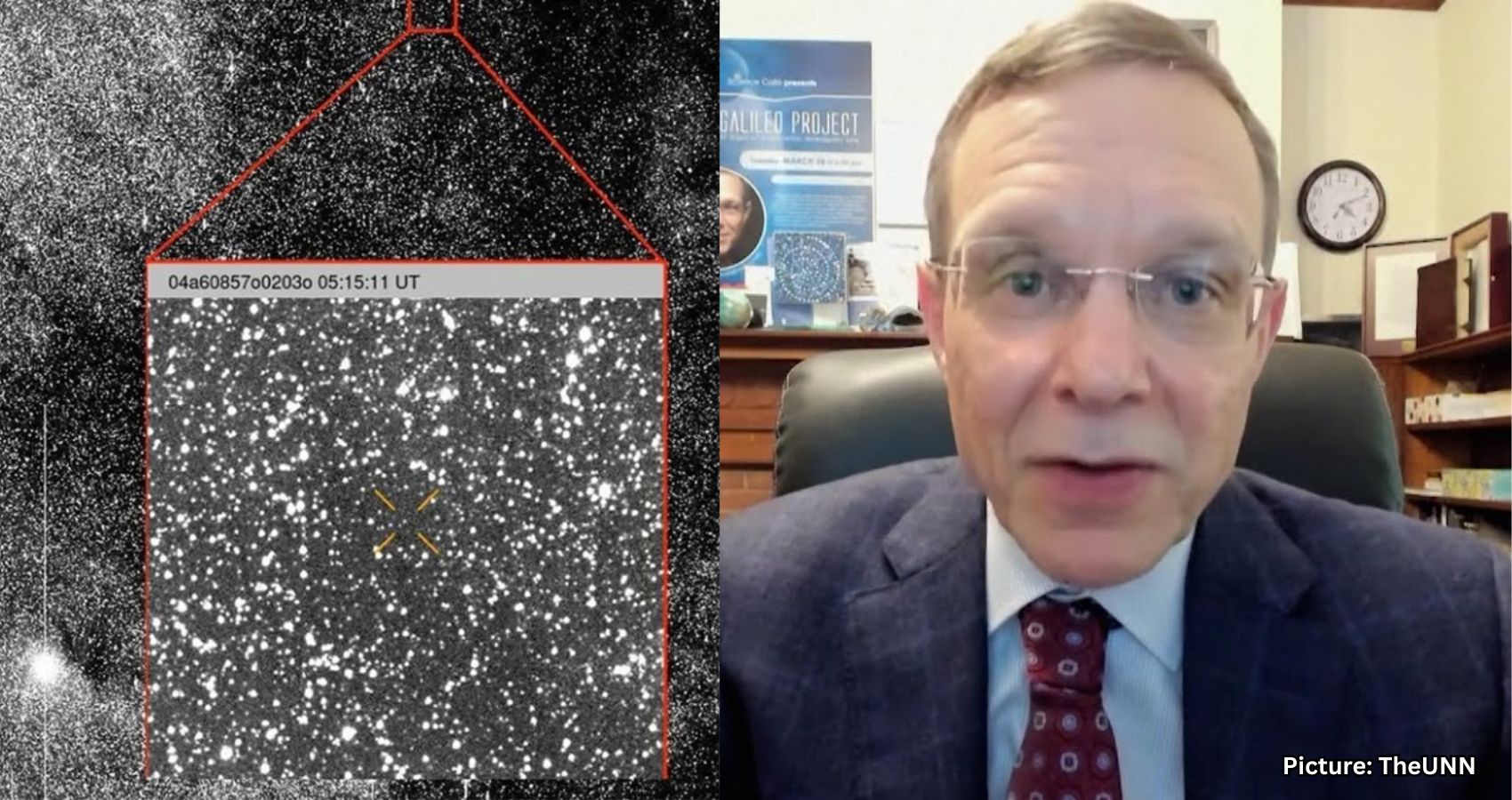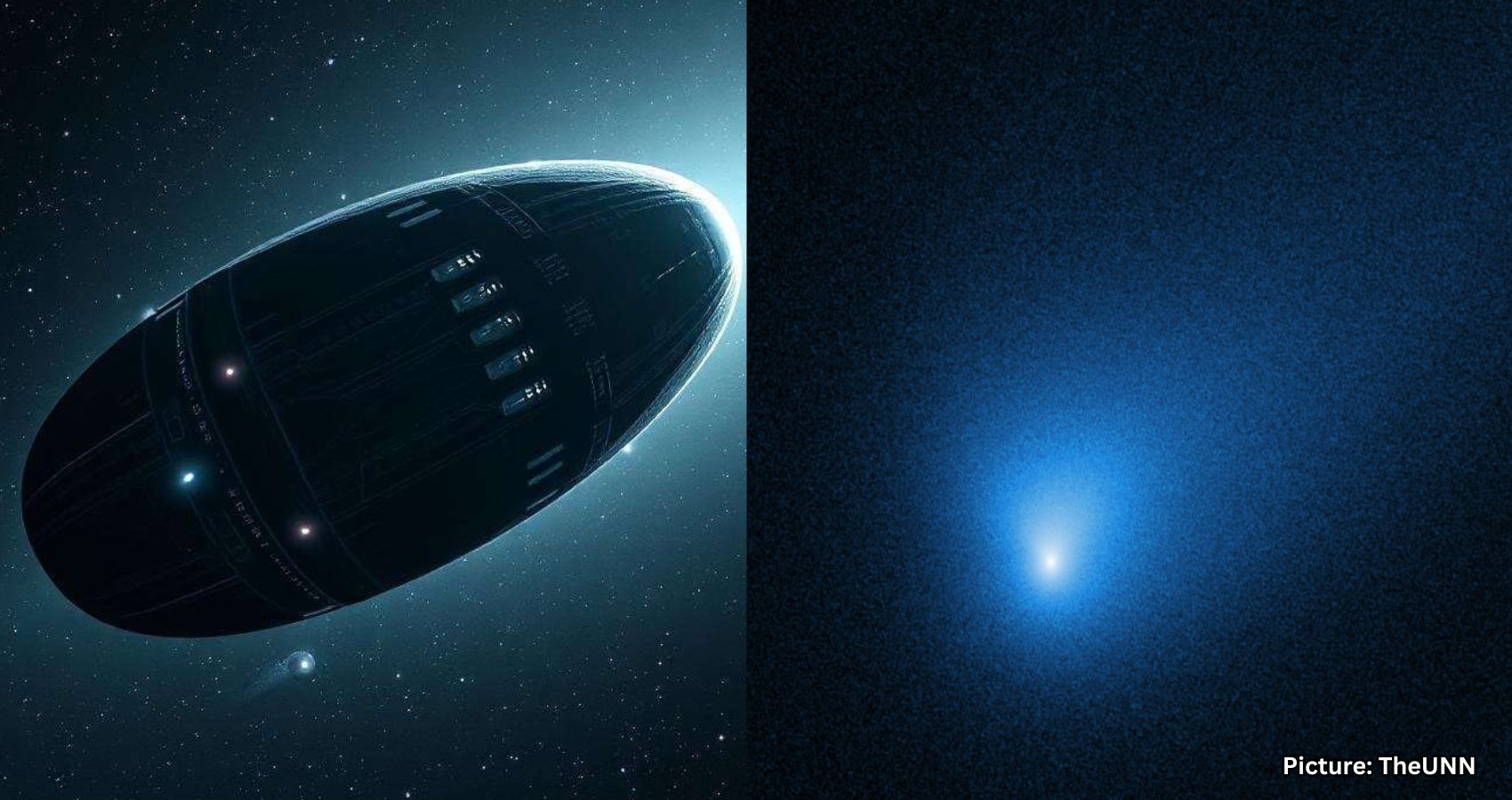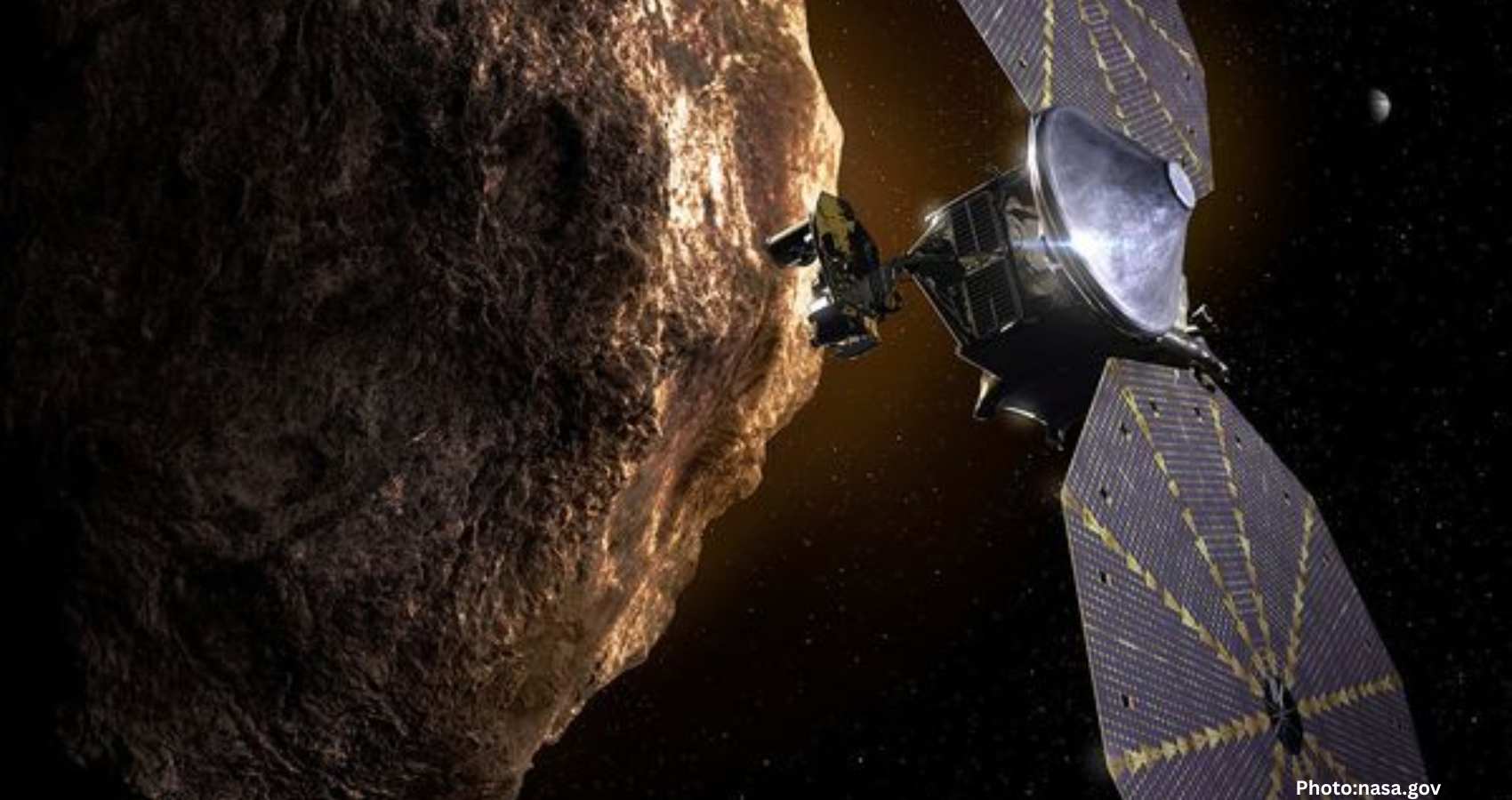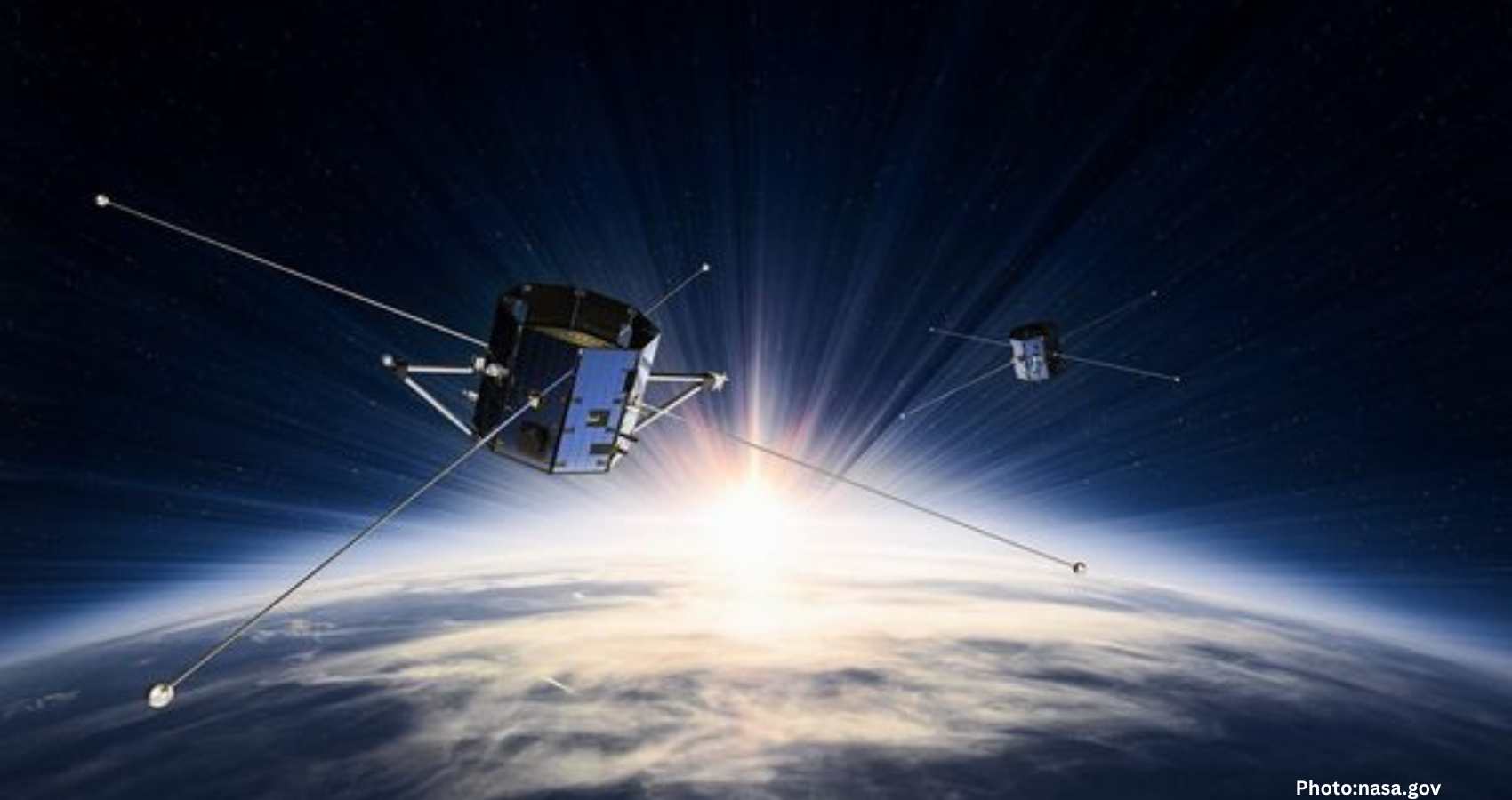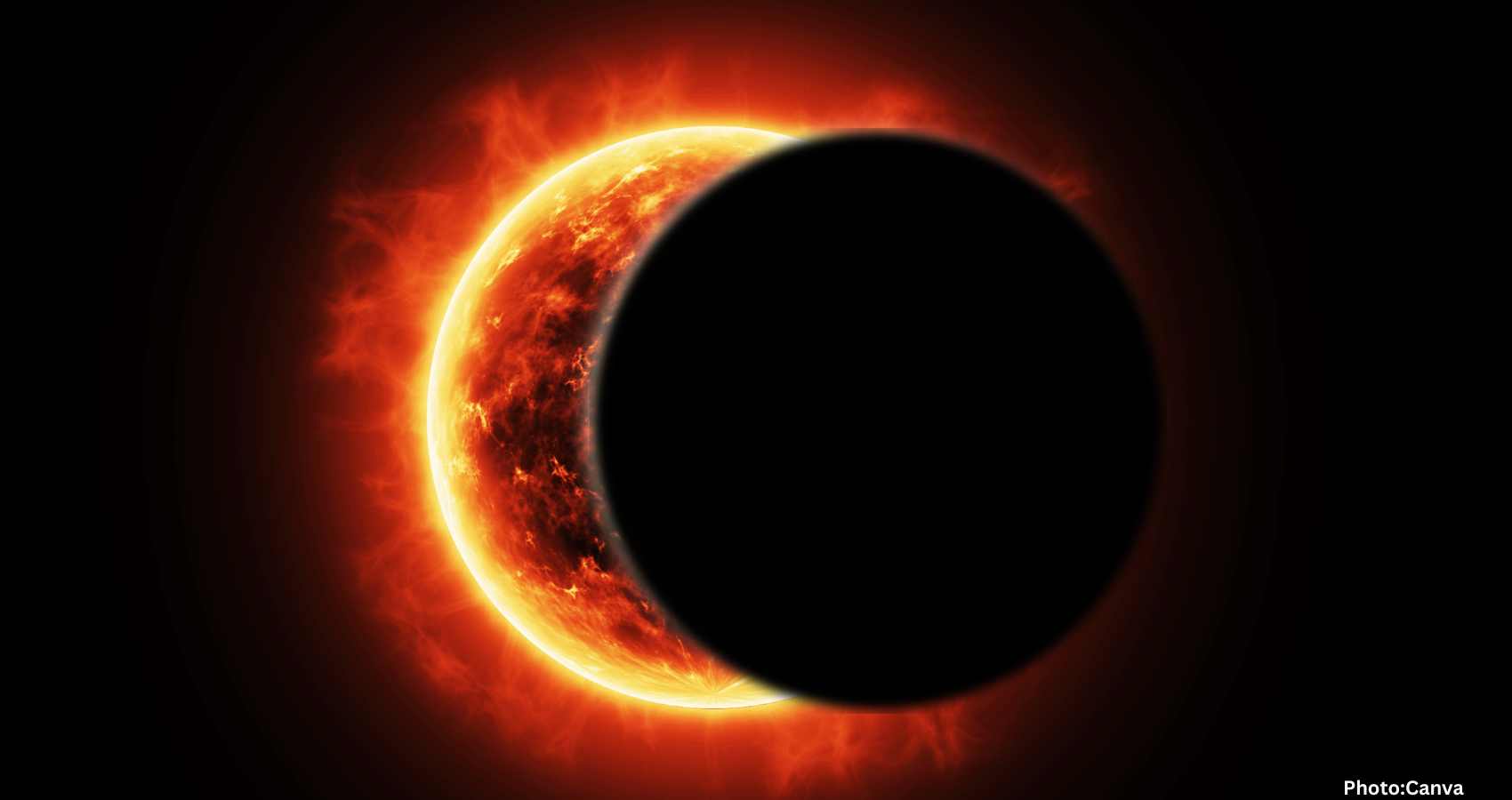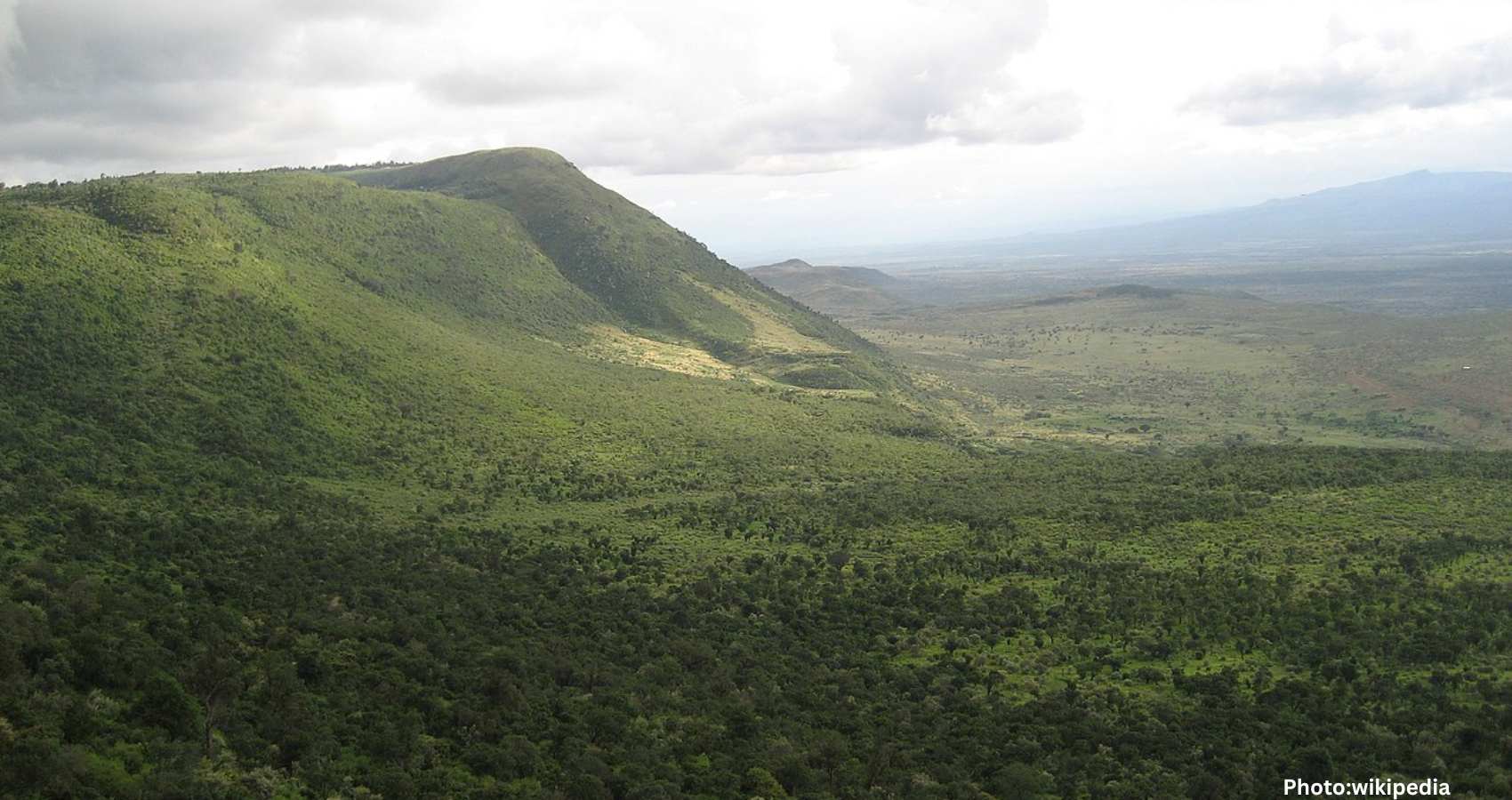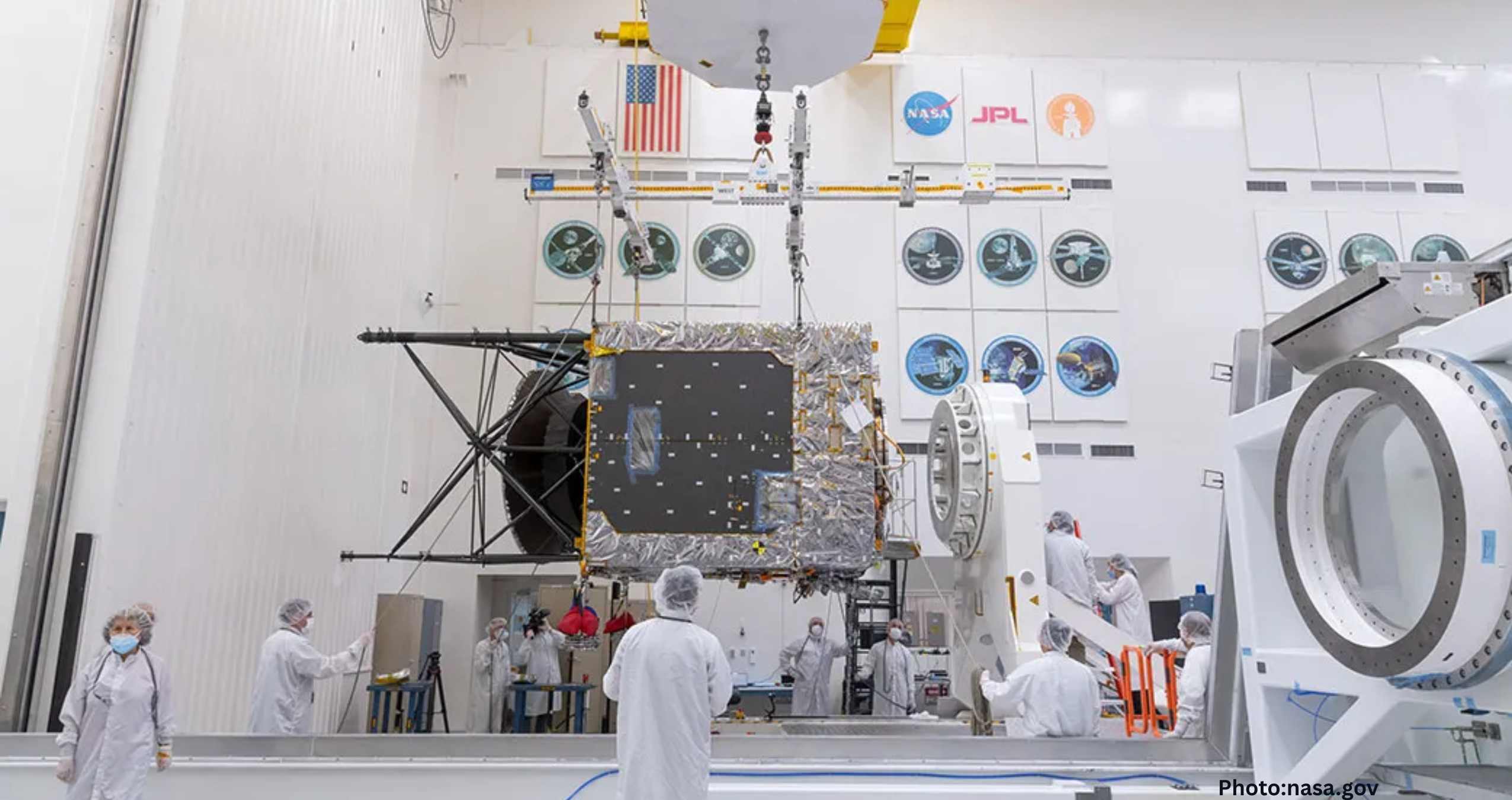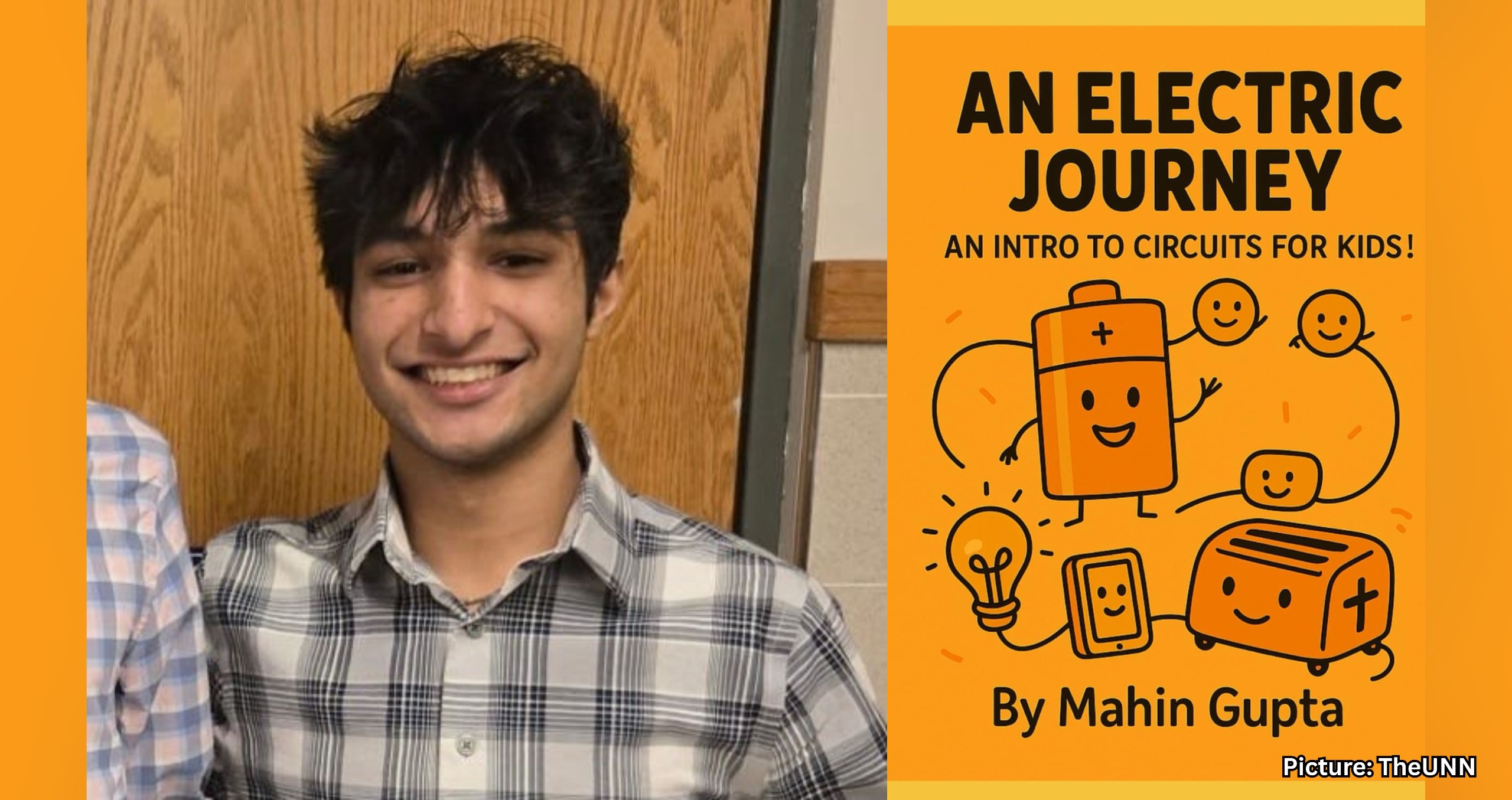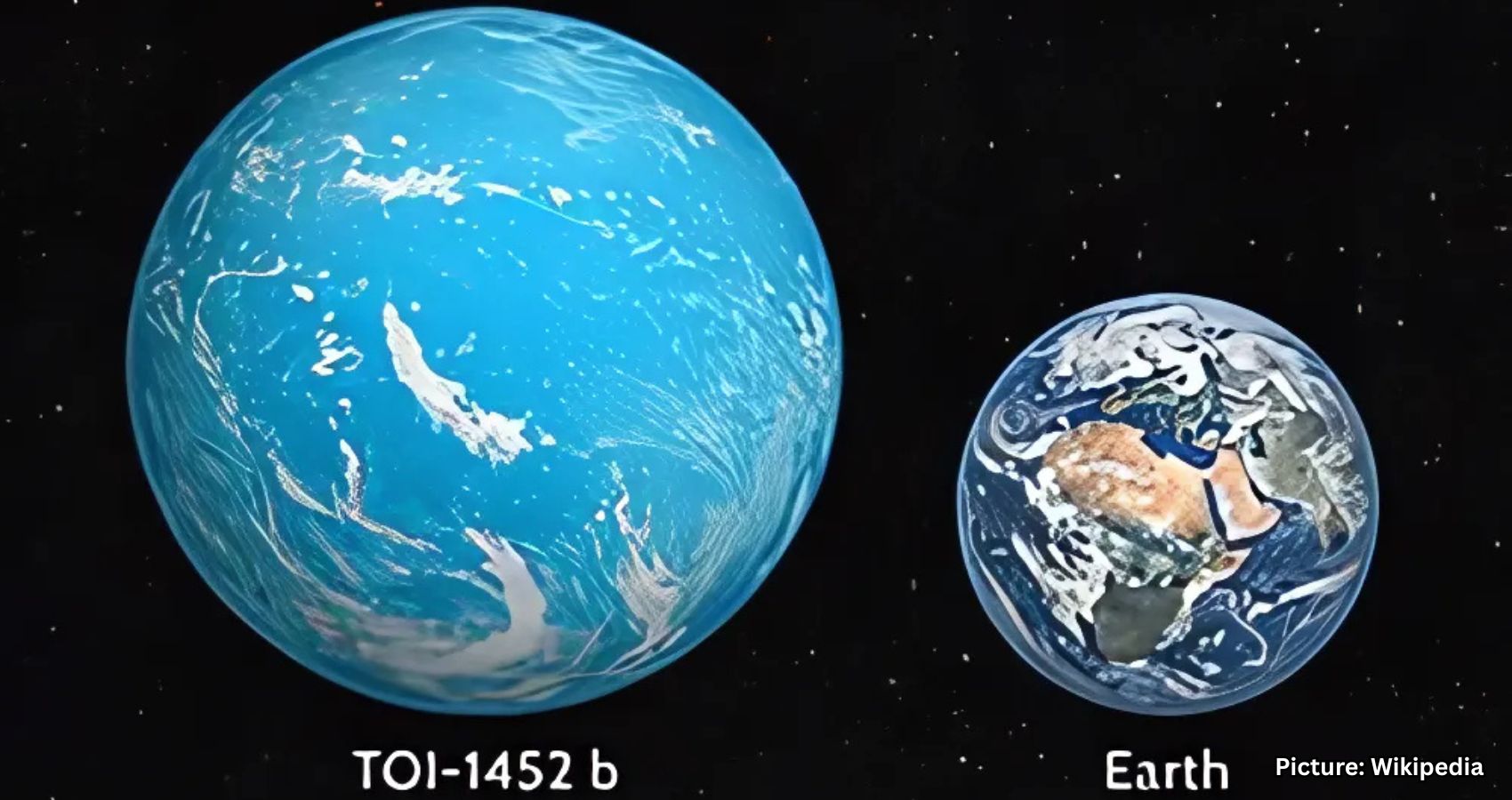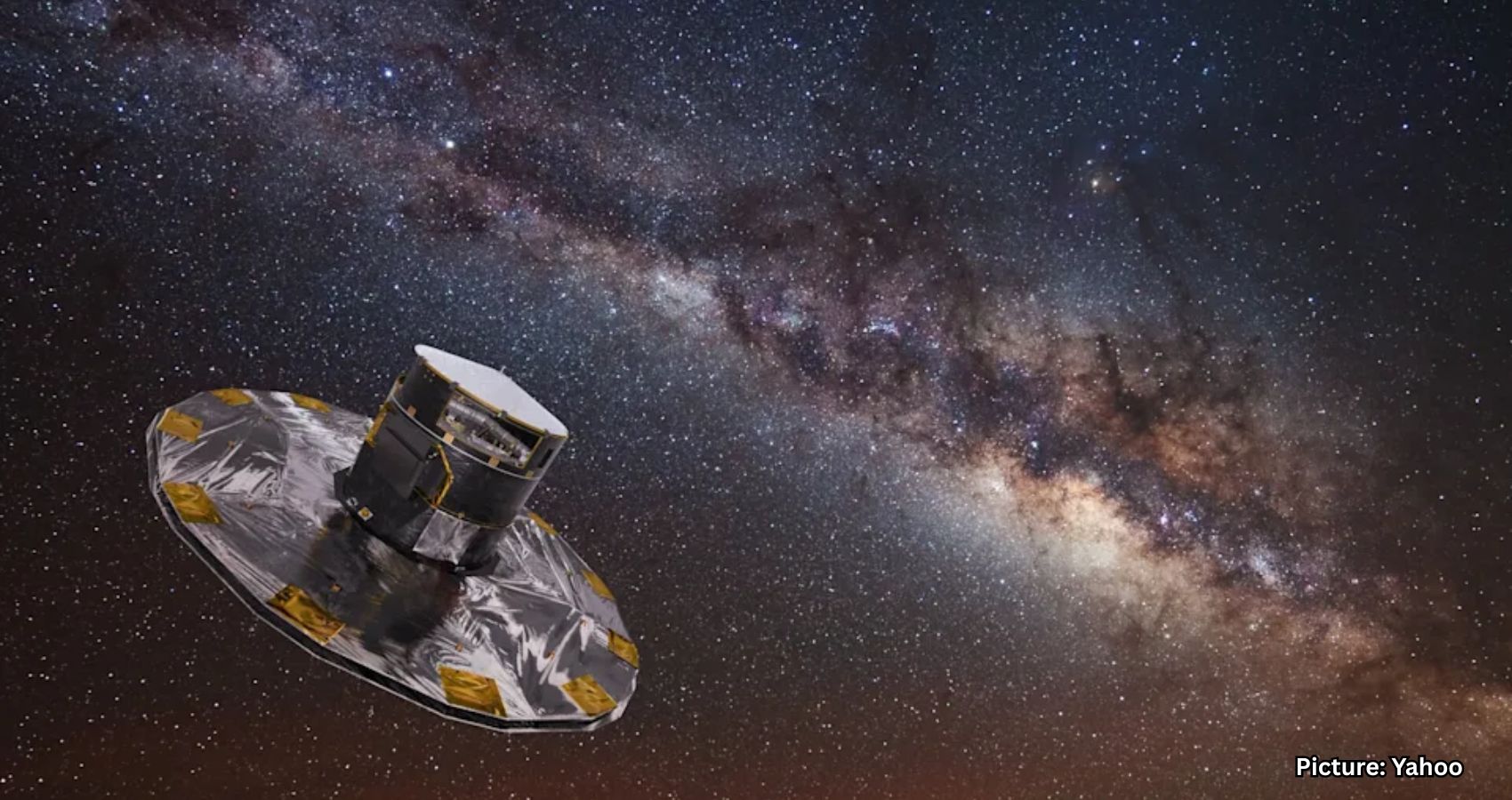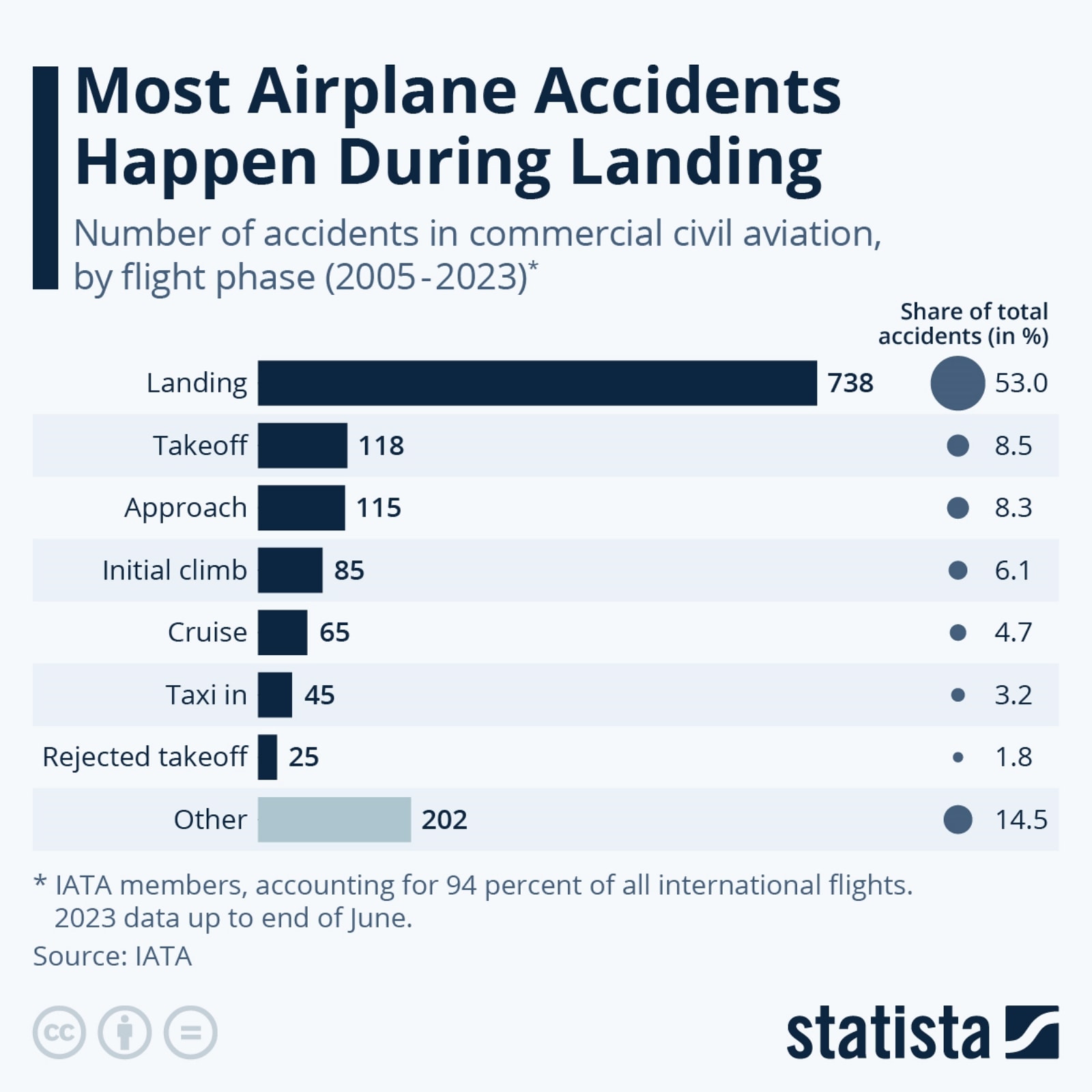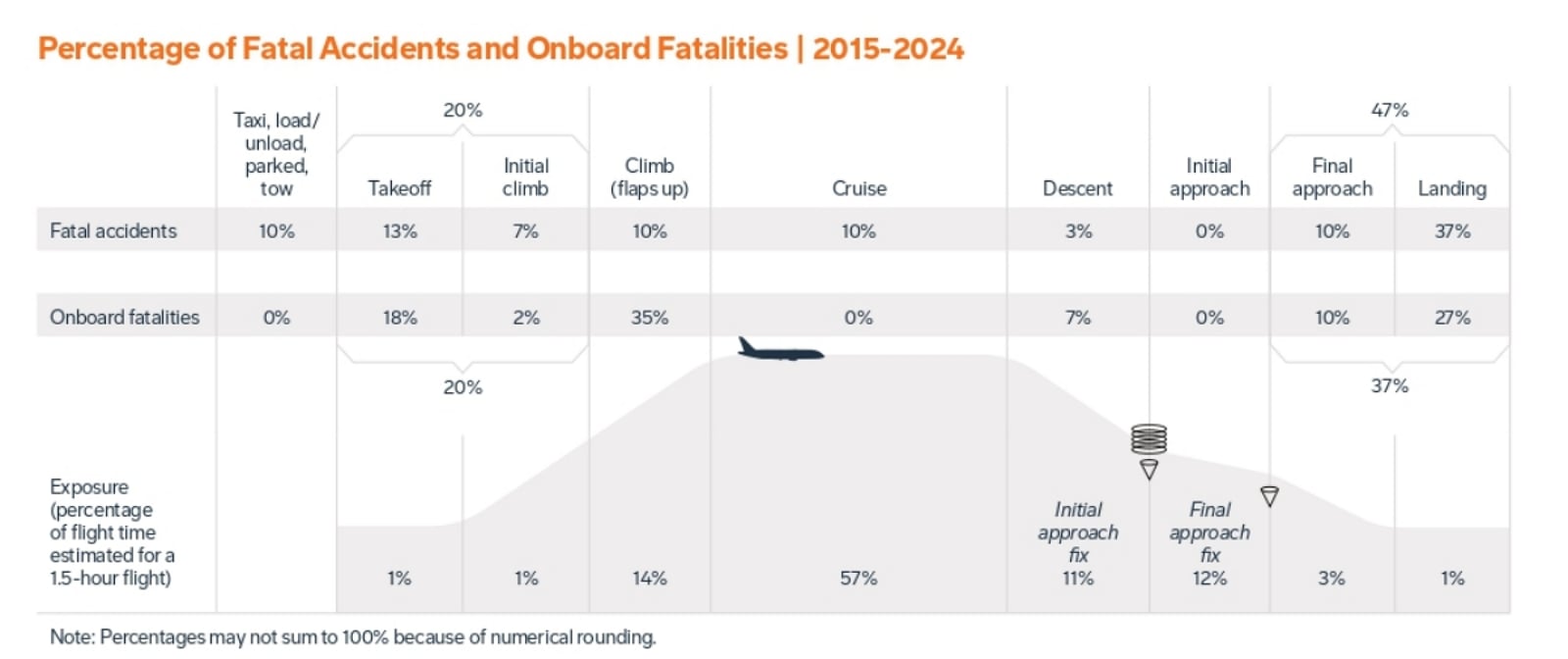New research suggests that long-distance running may increase the risk of colon cancer, with a significant percentage of runners showing precancerous growths.
Long-distance running, often celebrated for its health benefits, may carry unexpected risks, particularly concerning colon cancer, according to a recent study conducted in Virginia. The research, led by Dr. Timothy Cannon of the Inova Schar Cancer Institute, was presented at the 2025 American Society of Clinical Oncology (ASCO) Annual Meeting in Chicago. It was prompted by the alarming observation that ultramarathoners under 40 were increasingly diagnosed with advanced colon cancer.
To investigate this phenomenon, Dr. Cannon initiated a study focusing on runners who had completed at least five marathons or two ultramarathons. Participants were carefully selected to exclude those with a family history of colon cancer or other known risk factors, allowing the researchers to concentrate on the effects of endurance exercise alone.
“The study supports the hypothesis that extreme endurance runners have an increased risk of precancerous polyps,” Dr. Cannon stated in an interview with Fox News Digital.
The study involved 100 participants aged between 35 and 50, all of whom had never undergone a colonoscopy prior to the research. Each participant completed a survey detailing their dietary habits, bowel history, and long-distance running patterns. Following this, they underwent colonoscopies to assess their colon health.
The findings were striking: 15% of the participants were found to have advanced adenomas, which are precancerous growths in the colon. This figure is significantly higher than the typical 1-2% prevalence for individuals in their age group. Even more concerning, 41% of the runners had at least one adenoma.
All growths identified during the colonoscopies were reviewed by a panel of experts, including gastroenterologists, pathologists, and oncologists, to determine if they qualified as advanced adenomas. Dr. Cannon expressed his surprise at the high incidence of polyps among the runners, stating, “I thought they may have more adenomas and advanced adenomas than expected for that age group… but I did not imagine that 15% would have advanced adenoma.”
The average age of participants in the study was 42.5, notably below the typical screening age of 45. This raises questions about the long-term implications of intense endurance training on colon health.
Experts theorize that the gut stress caused by extreme endurance training may play a role in this increased risk. During prolonged runs, blood flow is redirected away from the intestines, potentially leading to damage and inflammation. Over time, such conditions could result in mutations and the development of polyps.
Despite the concerning findings, researchers caution that the study’s results are not definitive. The absence of a control group and the lack of peer review raise questions about the validity of the conclusions. Dr. Cannon acknowledged these limitations, noting that the participants were primarily from the Washington, D.C. area, which may introduce other common risk factors unrelated to running.
Furthermore, the study did not account for detailed family histories, which could also influence the results. Nevertheless, Dr. Cannon emphasized that these findings should not discourage individuals from engaging in physical activity.
“Let me first say that people should continue exercising,” he stressed. “We have far more problems from not exercising than from exercising too much.” He added that while this study suggests that extreme doses of exercise, such as ultramarathons, may increase cancer risk, regular exercise generally decreases the overall risk of cancer.
For those who participate in extreme running events, Dr. Cannon advised vigilance regarding symptoms such as rectal bleeding, persistent diarrhea, or abdominal pain. He noted that bleeding after running should not be considered normal and should prompt individuals to seek medical attention.
“As far as I know, there is no expert body of gastroenterologists that have stated that any rectal bleeding or blood in stool is not a cause for concern,” he said, highlighting the need for awareness among runners regarding their health.
In summary, while the study presents intriguing findings about the potential risks associated with long-distance running, it is crucial for runners to remain informed and proactive about their health. Regular check-ups and open communication with healthcare providers can help mitigate risks and ensure that exercise remains a beneficial part of a healthy lifestyle.
Source: Original article


